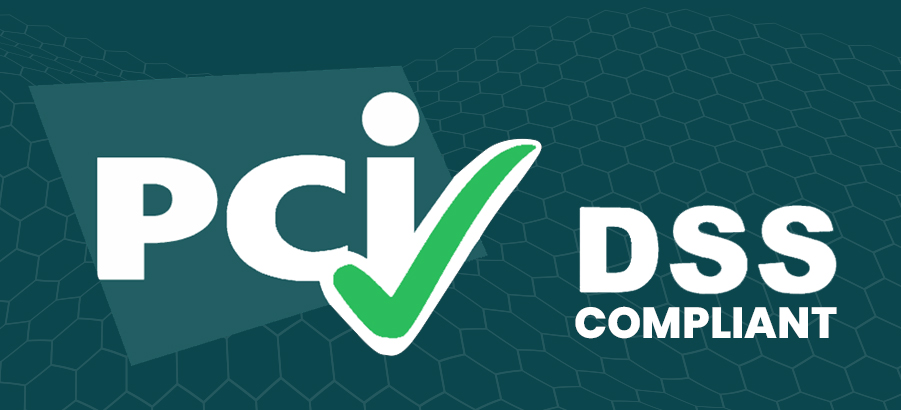
6.2.3 Bespoke and custom software is reviewed prior to being released into production or to customers, to identify and correct potential coding vulnerabilities, as follows:
6.2.4 Software engineering techniques or other methods are defined and in use by software development personnel to prevent or mitigate common software attacks and related vulnerabilities in bespoke and custom software, including but not limited to the following:
In 6.2.4, the first control, PCI DSS, requires software engineers and security teams to mitigate and prevent “common software attacks and related vulnerabilities.” PCI DSS requires organizations to ensure applications are projected against standard attack methods like injection attacks, XSS, CSRF, etc.
The fourth control concerns business logic attacks. This new control was introduced and wasn’t part of the previous versions. This attack technique involves precise control for APIs. Given the prevalence of business logic attacks involving APIs, the PCI Council felt it was prudent to include it in the new standard.
Business logic flaws can be introduced as APIs are initially deployed or updated. Implementing a continuous automated solution to uncover these flaws in the API’s lifecycle will be key to meeting the new PCI DSS requirements.
The fifth control calls for protection against access-control attacks, including attempts to bypass or abuse identification, authentication, or authorization. This point is critical and relevant for API Security, as these attack techniques comprise four of the five in the OWASP API Top 10.
6.4.1 For public-facing web applications, new threats and vulnerabilities are addressed on an ongoing basis and these applications are protected against known attacks as follows:
6.4.2 For public-facing web applications, an automated technical solutions is deployed that continually detects and prevents web-based attacks, with atleast the following:
6.4.1 and 6.4.2 are controls around public-facing web applications and require organizations to protect these applications against new threats and vulnerabilities. To reduce the risk of attacks, the PCI DSS council recommends organizations run an active vulnerability management program that promptly identifies and addresses application vulnerabilities. It also gives organizations the option to implement technical solutions that can detect and prevent these attacks.
AppSentinels’ automated stateful testing can identify vulnerabilities in applications, and its run-time protection helps block web and API attacks, including OWASP API Top-10 and business-logic issues. AppSentinels can block attacks themselves or via integrations with existing inline devices.
New security threats and attack vectors have emerged by adopting new software development methodologies, primarily API-driven applications. The PCI Security Standards Council has recognized these new threats and has worked to address them in its newest PCI DSS 4.0 standard. Protecting APIs is critical to meeting the guidance and achieving the industry-standard PCI certification. AppSentinels‘ full life-cycle API Security platform, with its Continuous Discovery, Continuous Stateful API Pen-Testing, and Multi-layer Protection, helps companies meet these compliance and security requirements and helps organizations focus on their core business. Talk to us at contact@appsentinels.ai to know more.